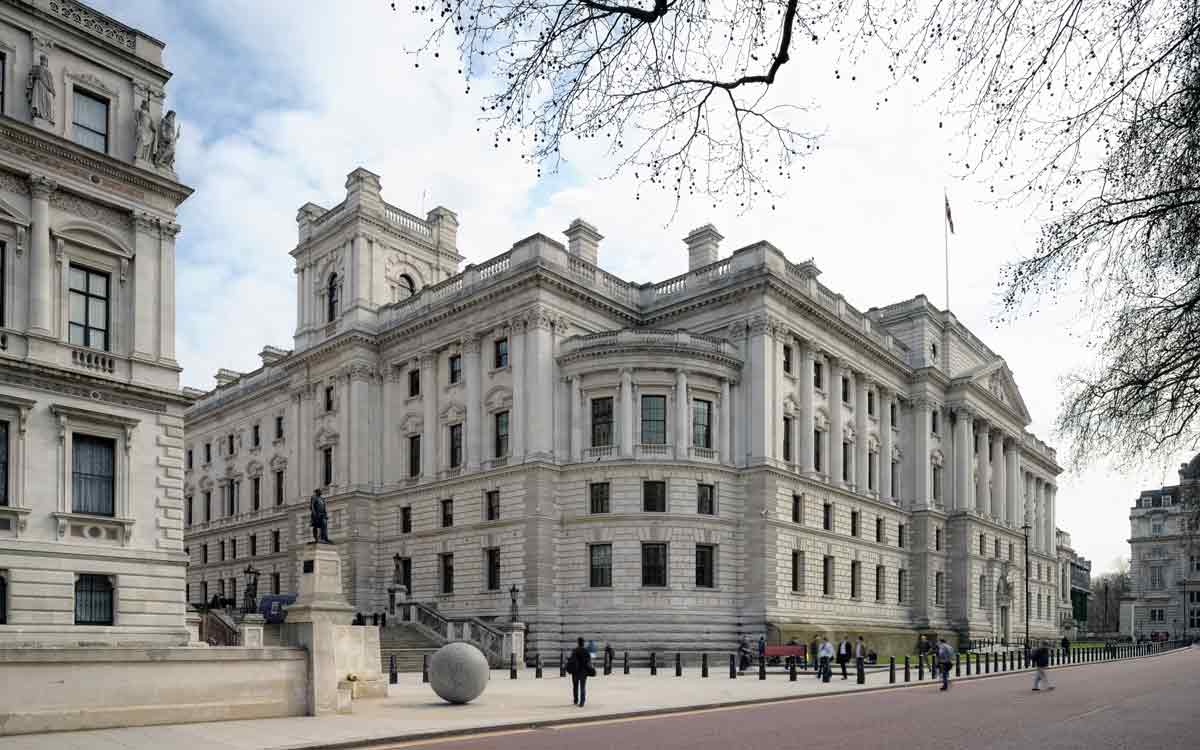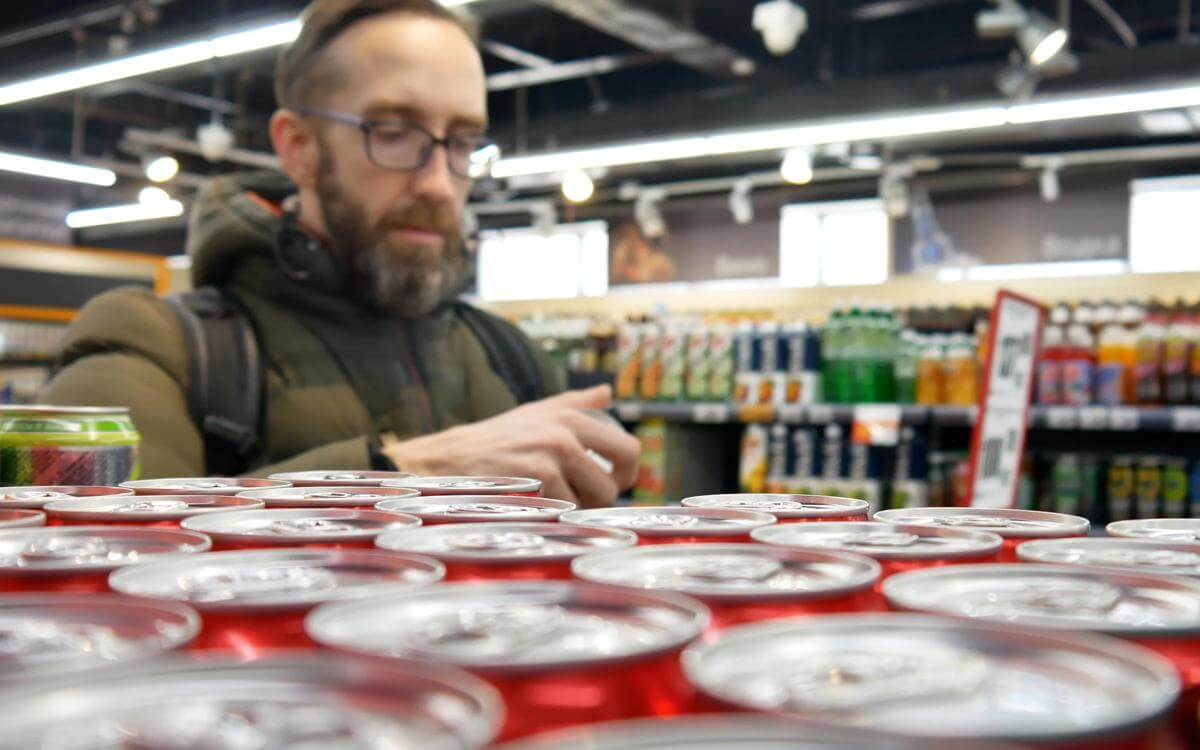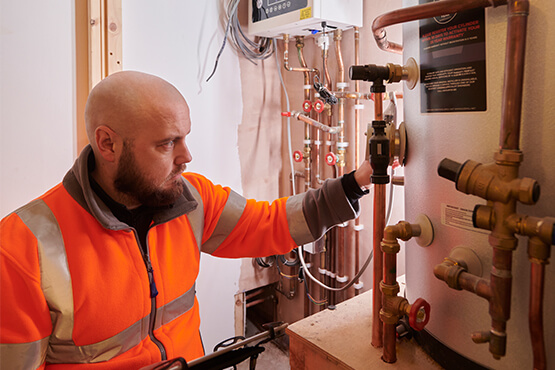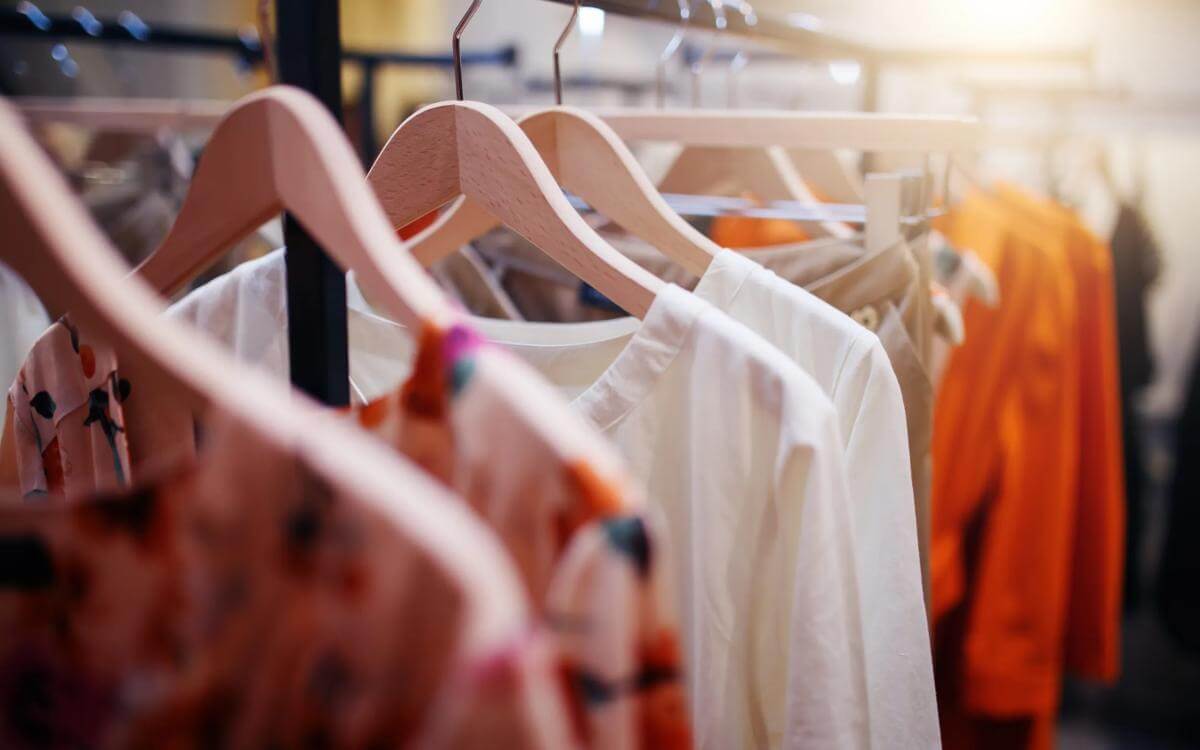The EU Deforestation Regulation (EUDR) significantly extends the scope of its predecessor, the EU Timber Regulation, to include a variety of commodities such as cattle, impacting products like leather used in fashion.
Here are the critical takeaways, more detailed analysis follows:
- Implementation dates: Delayed from December 2024 for large entities and June 30 2025 for SME now in force from December 2025 for large entities and June 2026 for SME.
- Wider scope: The EUDR targets products linked to deforestation, including leather, demanding greater supply chain transparency.
- Due diligence requirements: Companies must ensure products are 'deforestation-free' and comply with the production country's laws. This involves detailed supply chain documentation and data, risk assessments, and mitigation strategies.
- Global impact: The regulation affects EU and non-EU companies alike. Those exporting to the EU will need to comply with the same standards in order to access the EU market, requiring robust supply chain management.
- Proactive steps needed: Fashion companies must review and adapt their supply chains, engage with suppliers, and possibly invest in new technologies for compliance.
- Silver lining: Much of what is required, if not all, is likely to be needed for Digital Product Passports and other upcoming reporting regimes. So whilst there is a cost to compliance that cost is likely in many cases to be capable of being shared across the various requirements.
Understanding and adapting to the EUDR is crucial for maintaining market access and promoting sustainable business practices within the fashion industry. It also has the potential for some PR wins.
Introduction
As part of the ongoing European drive to improve sustainability and encourage due diligence and the interrogation of supply chains there have been a large number of regulatory instruments over the past few years.
A significant development on this front for fashion retail is the impending full implementation of the EU Deforestation Regulation (EUDR) (delayed from December 2024 for large entities and June 30 2025 for SME but now December 2025 for large entities and June 2026 for SME), which will supersede the existing EU Timber Regulation (EUTR).
While the title might suggest a narrow focus on wood, the EUDR's true scope is far more expansive, encompassing a range of commodities critical to various industries, including fashion retailers. The inadvertent oversight of this broader reach, particularly concerning materials like leather (or palm oil in the case of cosmetics), could have significant implications for operations.
Unpacking the EUDR's true scope
The predecessor, the EU Timber Regulation, was, as its name suggests, primarily concerned with preventing illegally harvested timber and timber products from entering the EU market. It laid the groundwork for due diligence in supply chains for wood.
The EUDR, however, represents a fundamental shift. It aims to prevent the placing of any products on the EU market, or their export from the EU, if they are linked to deforestation or forest degradation that occurred after 31 December 2020. This vastly broadened ambition is reflected in the inclusion of several key commodities beyond timber, namely:
- cattle,
- cocoa,
- coffee,
- palm oil,
- natural rubber, and
- soya.
Crucially for the fashion sector, the inclusion of 'cattle' means that products derived from cattle, such as leather, are firmly within the regulation's purview.
This wider scope means that a company whose primary dealings are not in timber, but perhaps in finished leather goods, may mistakenly believe the regulation does not apply to them. This misconception could lead to significant compliance challenges down the line. The EUDR is not merely an update to timber regulations; it is a comprehensive framework addressing the EU's impact on global deforestation across multiple, often interconnected, supply chains.
Navigating due diligence
For fashion retailers and luxury brands dealing with leather products, the EUDR introduces stringent new requirements. The core principle is that products must be "deforestation-free" and produced in accordance with the relevant legislation of the country of production, including human rights provisions.
To demonstrate this, companies classified as "operators" (those placing relevant products on the EU market for the first time or exporting them from the EU) and "traders" (those making already-placed products available on the EU market) will be required to exercise robust due diligence.
This due diligence process has three key pillars.
1. Information gathering
Operators and traders must collect precise information about the commodities, including the exact geographical coordinates (geolocation) of the land where the cattle were raised (there may also be a requirement that means cattle fed on soya have an extra element as due diligence will need to have been carried out on the feed also).
This level of detail is a significant departure from previous regulations and necessitates unprecedented supply chain transparency. The information must be presented as verifiable evidence that the products are deforestation-free and produced legally.
2. Risk assessment
Based on the collected information, a thorough risk assessment must be conducted to determine if there is a negligible risk of non-compliance.
This involves evaluating the likelihood of deforestation or illegality in the supply chain.
3. Risk mitigation
If a non-negligible risk is identified, operators and traders must implement adequate and proportionate measures to mitigate that risk, which could involve requesting additional documentation, conducting independent audits, or even changing suppliers.
Due diligence statement
This entire process culminates in the submission of a 'due diligence statement' through a dedicated EU information system (which went live in June 2025). Without this statement, and without demonstrating negligible risk, relevant products cannot be placed on or exported from the EU market.
Inside the EU
For those within the EU, this means a fundamental re-evaluation of their leather supply chains. Relationships with existing suppliers will need to be scrutinised, and robust systems for data collection and risk assessment implemented.
European fashion houses and retailers will bear the primary responsibility for ensuring that all leather goods entering or leaving the EU meet these new standards.
Third party exporters
For exporters from third countries, such as the USA and the UK, into the EU, the implications are equally profound. While the EUDR directly applies to operators and traders within the EU, it effectively extends its reach globally.
Any US or UK company wishing to export leather goods to the EU will find that their EU-based importers (the 'operators') will require them to provide all the necessary information and assurances to fulfil the EUDR's requirements. This includes detailed geolocation data, proof of deforestation-free sourcing, and evidence of legal production in the country of origin.
Consequently, US and UK leather suppliers must also adapt their practices to meet these rigorous demands. This could necessitate significant investment in traceability systems and a re-evaluation of sourcing strategies to maintain access to the EU market.
A proactive approach
Given the broad scope and stringent requirements of the EUDR, proactive preparation is not just necessary but vital. Fashion houses and retailers should immediately undertake a comprehensive review of their supply chains for all commodities covered by the regulation, with particular emphasis on leather (and perhaps natural rubber and palm oil were relevant).
1. Supply chain mapping
Firstly, a thorough mapping of the entire supply chain relevant products is essential. This must go beyond tier-one suppliers to identify the precise origin of the raw hides, down to the specific plots of land where the cattle were raised. Engaging with suppliers at all levels to understand their sourcing practices and data collection capabilities will be critical.
2. Internal systems
Secondly, establish robust internal systems for data collection, risk assessment, and record-keeping. This may involve investing in new technologies, such as satellite monitoring, AI or blockchain solutions, to verify deforestation-free status and track geolocation data. Developing clear internal policies and procedures for EUDR compliance, and assigning dedicated responsibility for these efforts, will be vital.
3. Supplier contractual agreements
Thirdly, review and, if necessary, revise contractual agreements with suppliers to include clauses that mandate adherence to EUDR requirements (it may be possible to include generic clauses requiring any required information to be supplied), particularly regarding data provision and verifiable assurances of deforestation-free and legal production. Some producers and suppliers may seek or need assistance in complying whether practical or financial but in any event the EUDR creates real risks when it comes to maintaining good business relationships.
4. Legal guidance
Finally, legal expertise and assistance is likely to be indispensable, seeking professional guidance would be prudent and ensure that nothing is missed and that operations can continue smoothly.
Browne Jacobson can assist in numerous ways.
- Tailored interpretations: We can provide detailed interpretations of the EUDR's complex provisions specifically tailored to an organisation, ensuring a comprehensive understanding the applicable obligations (and ensuring avoidance of those which are not applicable).
- Supply chain analysis: We can conduct gap analyses of current supply chain practices against the new regulatory demands, identifying areas of weakness and potential non-compliance.
- Contracts: Our lawyers can also advise on and assist in drafting and negotiating robust supplier contracts that incorporate EUDR (and other) compliance requirements, safeguarding your interests and ensuring there is no disruption to EU market access.
- Compliance and training: Furthermore, we can advise on the establishment of internal compliance frameworks, risk mitigation strategies, and the preparation of the mandatory due diligence statements. We are also able to provide bespoke internal training courses.
Last but by no means least, in the event of an audit or challenge from regulatory authorities against a customer/importer/exporter we can assist, advise and represent your interests leveraging our global network of partner law firms; legal advice and if needed representation provide or co-ordinated by someone familiar with the regulatory requirements and regime will be crucial in navigating the process and protecting reputations.
Conclusion
The EU Deforestation Regulation represents a significant shift in the landscape of global trade and supply chain accountability. For high-class fashion houses and high street retailers, particularly those reliant on leather, understanding its true breadth and preparing diligently are not merely matters of compliance but should be seen as strategic necessities to ensure continued market access and uphold brand integrity in an increasingly sustainability-conscious world.
The silver lining to all of this , alongside being able to give confidence to customers that the item is not causing deforestation, is of course that much of the information required for EUDR can be used in multiple ways as the data will also be necessary for, inter alia, the supply chain information element of Digital Product Passport and, if relevant, CSRD reporting.
Potential changes
As with much of the EU’s current crop of sustainability regulation there have been and are anticipated changes being made. These are the significant ones to be aware of at the time of writing.
1. Implementation dates
Original: The EUDR was initially set to apply from December 30 2024, for large companies and June 30 2025, for micro and small enterprises.
Revised: Large and medium companies: Now applies from December 30 2025. Micro and small enterprises: Now applies from June 30 2026.
2. Simplification measures and guidance
The European Commission has introduced a series of measures to simplify the application of the EUDR, including:
Updated Guidance Documents and FAQs: These provide clarifications on various aspects, such as traceability obligations, legality requirements, and penalties.
3. Streamlined due diligence statements
Companies may be allowed to reuse existing due diligence statements when goods previously on the EU market are reimported.
There's a move towards allowing annual submission of due diligence statements instead of for every shipment or batch.
Authorised representatives may be allowed to submit due diligence statements on behalf of company groups.
4. Delegated act for public consultation
The Commission published a draft Delegated Act in April 2025 for public consultation (which closed in May 2025). This act aims to provide further clarifications and simplifications on the scope of the EUDR and address specific product categories.
5. Development of the country benchmarking system
The Commission is finalising a system to classify countries by their risk of deforestation (low, standard, or high). This system is expected to be adopted by June 30 2025.
Countries classified as "low risk" will face significantly less stringent requirements, aiming to reduce the burden for companies sourcing from such areas. Audits on “low risk” countries will also be less regular.
6. Practical implementation
The already made and anticipated changes reflect a recognition of the practical challenges businesses face in complying with the EUDR's stringent requirements, especially regarding traceability back to the plot of land where commodities were produced. The Commission is actively working on:
- IT platform readiness: Ensuring the EU IT platform for uploading geolocation data and Due Diligence Statements is fully operational before enforcement, and
- Addressing supply chain complexities: Providing guidance and potentially further adjustments to help companies navigate challenges like incomplete supply chain mapping, lack of robust traceability systems, and reliance on manual processes.
- Reduced administrative burden: The simplifications, particularly around due diligence statements and the benchmarking system, are intended to cut down on paperwork and costs for companies.
- Clearer compliance pathways: Updated guidance and FAQs, along with the delegated act, aim to remove ambiguities and provide clearer instructions for businesses on how to meet the regulation's demands.
- Phased approach to risk: The country benchmarking system will mean that companies sourcing from low-risk countries will have an easier path to compliance, allowing resources to be focused on higher-risk areas.
The EUDR is a complex regulation, and it's likely that the Commission will continue to engage with stakeholders and potentially introduce further adjustments as implementation progresses and lessons are learned. A review report on the regulation is also expected in 2028, which may lead to further changes, including a potential extension of the scope to other natural ecosystems.
In essence, while the core objectives of the EUDR (to prevent deforestation-linked products from entering the EU market) remain unchanged, the EU is committed to making its implementation more manageable and efficient for all involved.
Contact

Bill Cordingley
Barrister (Senior Associate)
bill.cordingley@brownejacobson.com
+44 (0)330 045 1000









































